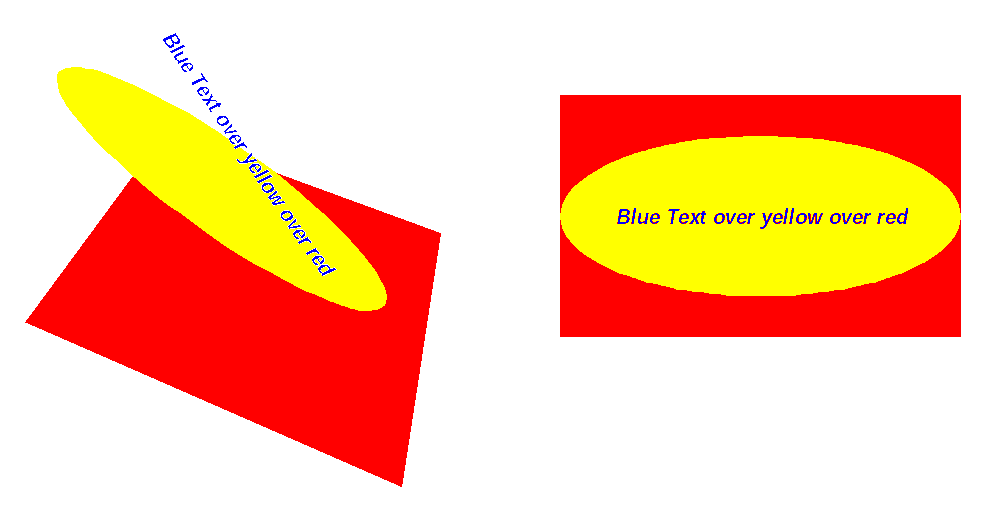Mike Strong - CV Illustration
Software product and product sheet
NOTE: This page is a compilation of several pages as part of the product description in the 1990's.
I wrote the software and all the interfaces. I also did the screen captures you see below and the text and arrangement of the web pages.
Note: AutoScript is no longer available. Development and production were shut down in September 1998. For several years after you could still use a competing program for these and other functions, CAD Publisher. That now appears to be defunct. See the box at the bottom of this page.
AutoScript® Product Sheet
AutoScript is a fancy file convertor which takes an AutoCad drawing file and produces a PostScript or an Encapsulated PostScript file from it. That output file is then suitable for use as an illustration either directly as a presentation piece or for pre-press use. It is used greatly in the screen printing industry, especially for control panels, printed circuit boards and membrane key pads.
AutoScript offers three very major advantages over AutoCad output - or any other file conversion program : 
- A quick and consistent method of setting colors, fills, and line specs for a range of entities based on their color in AutoCad.
- Control over linewidths, fills over any closed entity, creation of any color and halftone-cell control for pre-press.
- The original AutoCad drawing is not messed with or changed. Output settings are saved in an AutoScript "config" file.
